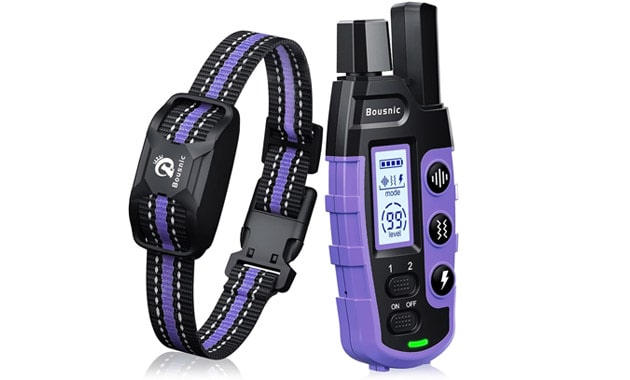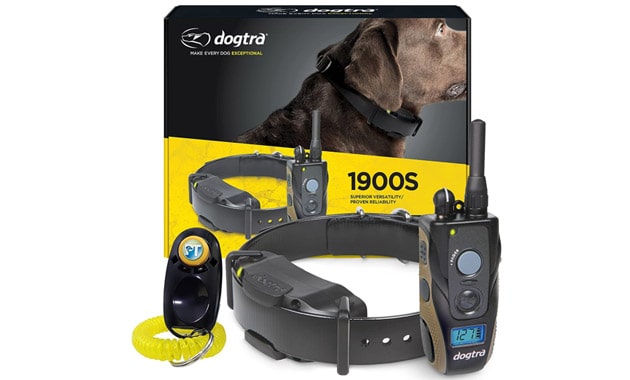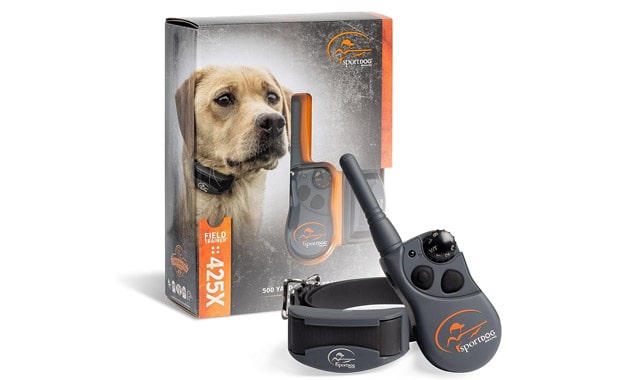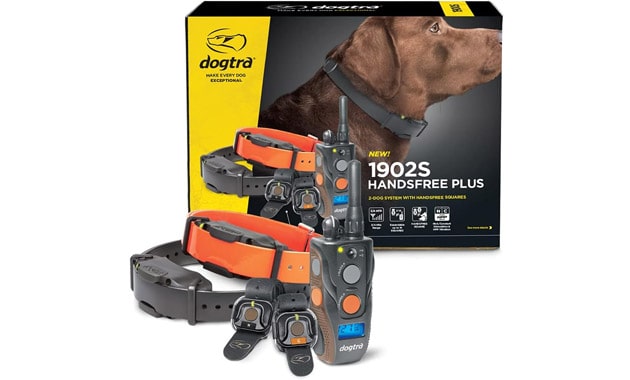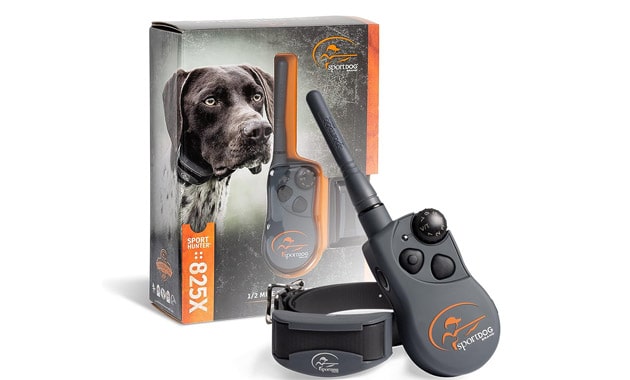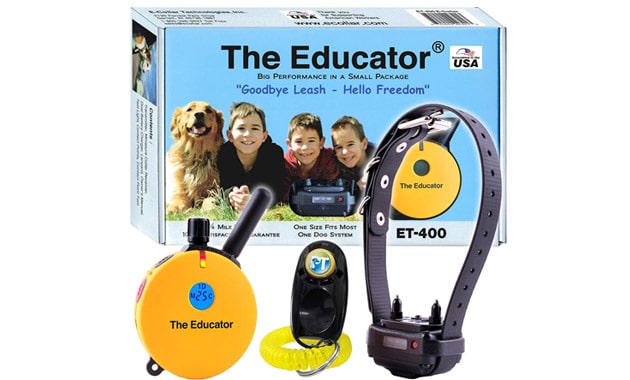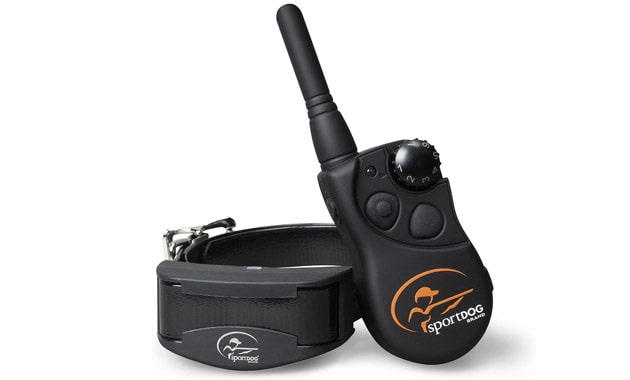
Tips for Choosing 10 Best Shock Collars
Choosing the right shock collar for your dog can be an overwhelming process. With so many models on the market boasting various features, it’s important to understand what to look for when selecting a humane and effective training tool. Here are 10 tips to help you navigate the options and find the best shock collar for your unique needs:
1. Get the Right Fit
Make sure to measure your dog’s neck circumference to find the right collar size. Shock collars should fit snugly without limiting breathing or movement. Avoid shock collars that are too loose or too tight. The electrodes need to have good contact with your dog’s skin for consistency in static correction.
2. Consider the Intensity Settings
Look for a shock collar with multiple intensity settings so you can find the right stimulation level for your dog. Start with lower levels and only increase if needed. Having a wide range of intensity allows you to tailor the static correction to get your dog’s attention without overdoing it.
3. Check for Safety Features
Responsible shock collars have features to prevent inhumane use. Automatic safety shut-off prevents excessive shocking. Progressive correction starts with beeps and vibration before static. Also look for adjustable duration to control the length of the stimulation.
4. Make Sure It’s Waterproof
Find a fully waterproof shock collar if you plan to use it for swimming or training in wet conditions. Waterproof collars allow flexibility to reinforce training in different environments. Make sure the electric wiring is well insulated from moisture.
5. Get the Right Range
Consider the range offered by the shock collar to suit your needs. Short-range models (up to 500 yards) are ideal for everyday training and control. Long-range options (500+ yards) are best for hunting dogs and off-leash obedience. Know your limits to prevent loss of communication.
6. Check for Extra Features
Added features can enhance effectiveness and usability. Vibration or tone modes give you options besides static correction. Rechargeable batteries eliminate regular battery replacement. GPS tracking helps you locate dogs when out of sight. Remote paging can get your dog’s attention.
7. Make Sure It’s Comfortable
The collar should be lightweight and adjustable for your dog’s comfort during wear. Nylon and neoprene collars are durable yet soft on your dog’s skin. Your dog shouldn’t be constantly pawing at or biting the collar when training.
8. Look for Expandable Capability
Some collars can work with multiple dogs through extra receivers you add. This allows efficient training of multiple dogs from one remote. Expandable options are great if you have a multi-dog household. Make sure the system allows customization per dog.
9. Read Reviews Carefully
Check out in-depth, verified reviews about specific shock collar models before buying. Reviews can reveal strengths and weaknesses from actual use cases. Make sure the features match expectations. Look for brands with strong reputations in dog training tools.
10. Consult the Manufacturer
Don’t hesitate to contact the manufacturer directly if you have specific questions. Ask about proper use, programming, and their recommended training approaches. Responsible brands want to enable proper use of their e-collars for obedience, not punishment.
Choosing the right shock collar takes some upfront research. Ultimately, the most humane and effective training tool for your dog depends on understanding their unique personality and needs. Patience, proper introduction, and positive reinforcement should complement the use of any shock collar. With responsible use, these collars can strengthen the bond between you and your pet.


